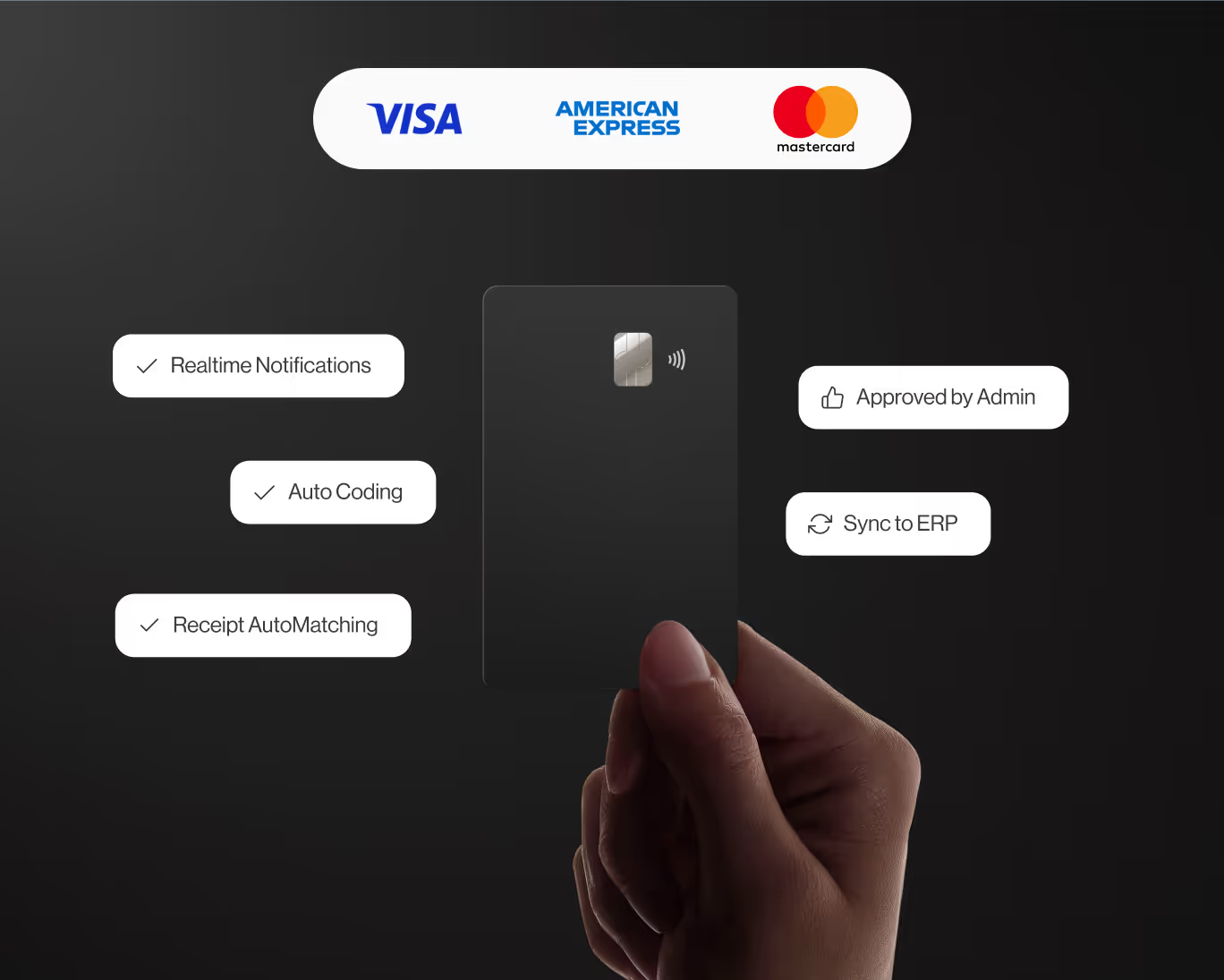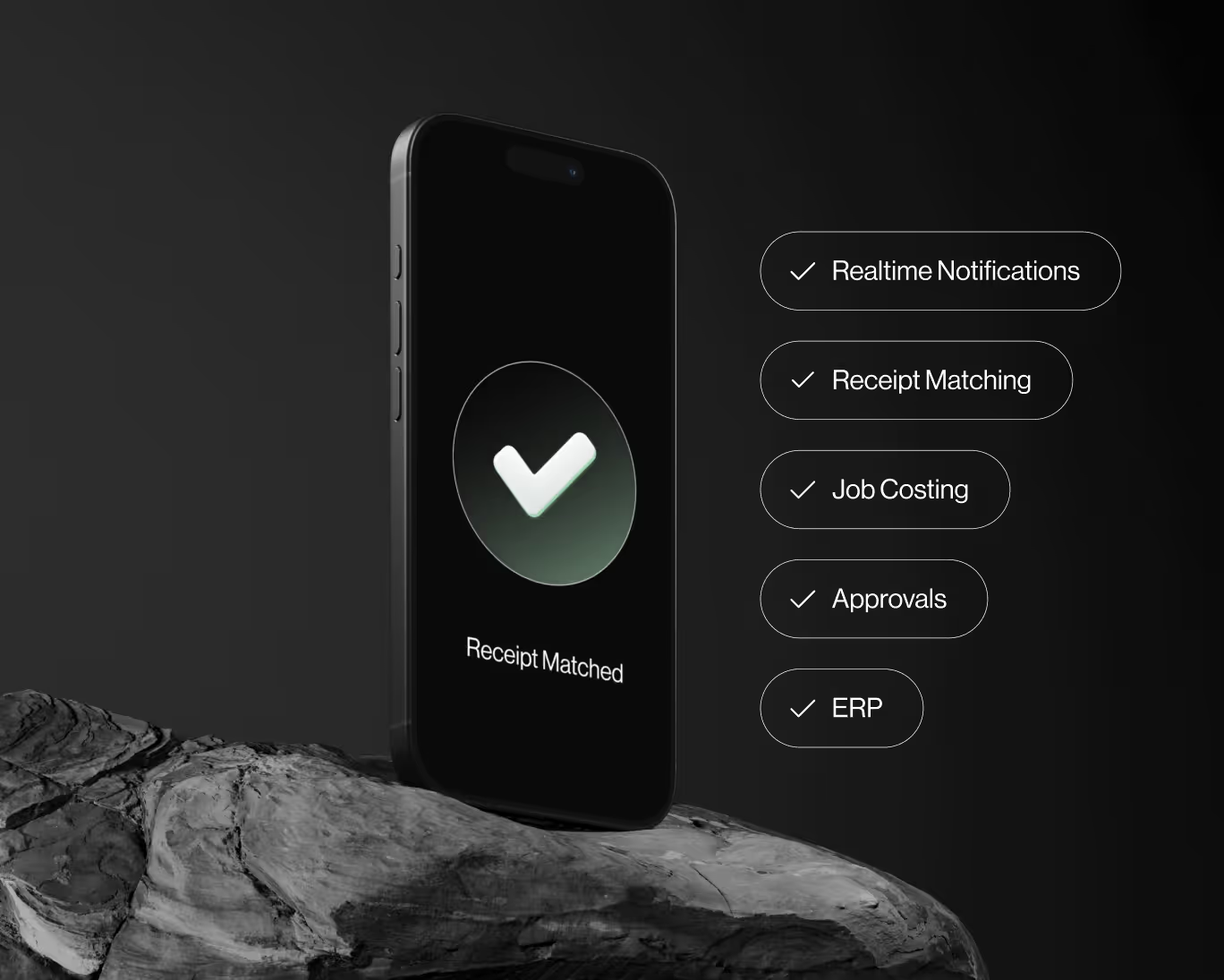Active Risk Management in the Construction Industry
Construction projects are inherently complex and involve numerous potential risks that can impact the project's success. One of the critical aspects of effective project management is risk management, and in the construction industry, this takes the form of active risk management. In this blog post, we will delve into what active risk management entails and its significance in ensuring project success.
What is Active Risk Management?
Active risk management is a proactive approach to identifying, assessing, and mitigating risks throughout a construction project's lifecycle. Unlike passive risk management, which involves merely reacting to risks as they arise, active risk management emphasizes continuous monitoring and timely response to potential threats.
The Components of Active Risk Management
- Risk Identification: The first step in active risk management is identifying all potential risks that could impact the project. This involves conducting a comprehensive analysis of the project's scope, site conditions, construction techniques, environmental factors, and even external influences like regulatory changes or economic fluctuations. The goal is to create an exhaustive risk register, which serves as a foundation for subsequent risk assessment and mitigation strategies.
- Risk Assessment: Once risks are identified, they need to be assessed in terms of their likelihood and potential impact. This step involves qualitative and quantitative analysis to prioritize risks based on their severity. Risks with high probability and significant consequences require immediate attention, while those with lower impact can be addressed later in the project.
- Risk Mitigation Planning: After assessing the risks, a comprehensive risk mitigation plan must be developed. This plan outlines specific strategies and actions to reduce the likelihood and impact of identified risks. It also includes contingency plans in case the risks materialize despite mitigation efforts. Effective risk mitigation planning ensures that project teams are well-prepared to respond promptly to unexpected events.
- Risk Monitoring and Control: Risk management is not a one-time activity; it must be continuously monitored and controlled throughout the project's duration. Regular risk reviews and progress assessments help project teams stay informed about changes in risk factors and identify new risks that might emerge during the construction process. By staying vigilant, project managers can adapt their strategies to keep risks under control.
- Collaboration and Communication: Active risk management is a team effort. Collaboration among project stakeholders, including architects, engineers, contractors, and owners, is crucial for the success of risk management efforts. Effective communication ensures that everyone is aware of potential risks and their respective roles in the risk mitigation plan.
The Significance of Active Risk Management
Active risk management offers several benefits that significantly impact a construction project's success:
- Enhanced Decision Making: By proactively identifying risks and assessing their potential impact, project teams can make informed decisions that account for potential challenges. This helps avoid costly mistakes and ensures that projects stay on track.
- Cost Reduction: Effective risk management can lead to cost savings by preventing or minimizing the impact of risks that could otherwise result in delays, rework, or legal disputes. It also helps in optimizing resource allocation.
- Schedule Adherence: By addressing potential risks in advance, active risk management helps maintain project schedules and prevents costly time overruns.
- Improved Stakeholder Confidence: Clients and investors are more likely to have confidence in a project when they see that potential risks have been identified and are being actively managed.
- Better Quality Control: Risks that could lead to quality issues or safety hazards can be mitigated, resulting in better construction outcomes.
- Long-term Project Viability: Active risk management not only ensures project success but also contributes to the long-term viability of construction companies. Effective risk management builds a reputation for delivering projects successfully, leading to repeat business and referrals.
Conclusion
Active risk management is a fundamental aspect of successful construction project management. By proactively identifying, assessing, and mitigating risks, construction teams can optimize project outcomes, increase client satisfaction, and ensure the long-term success of their businesses. Embracing active risk management as a standard practice can help construction companies navigate the complexities of the industry and stand out in a competitive market.










